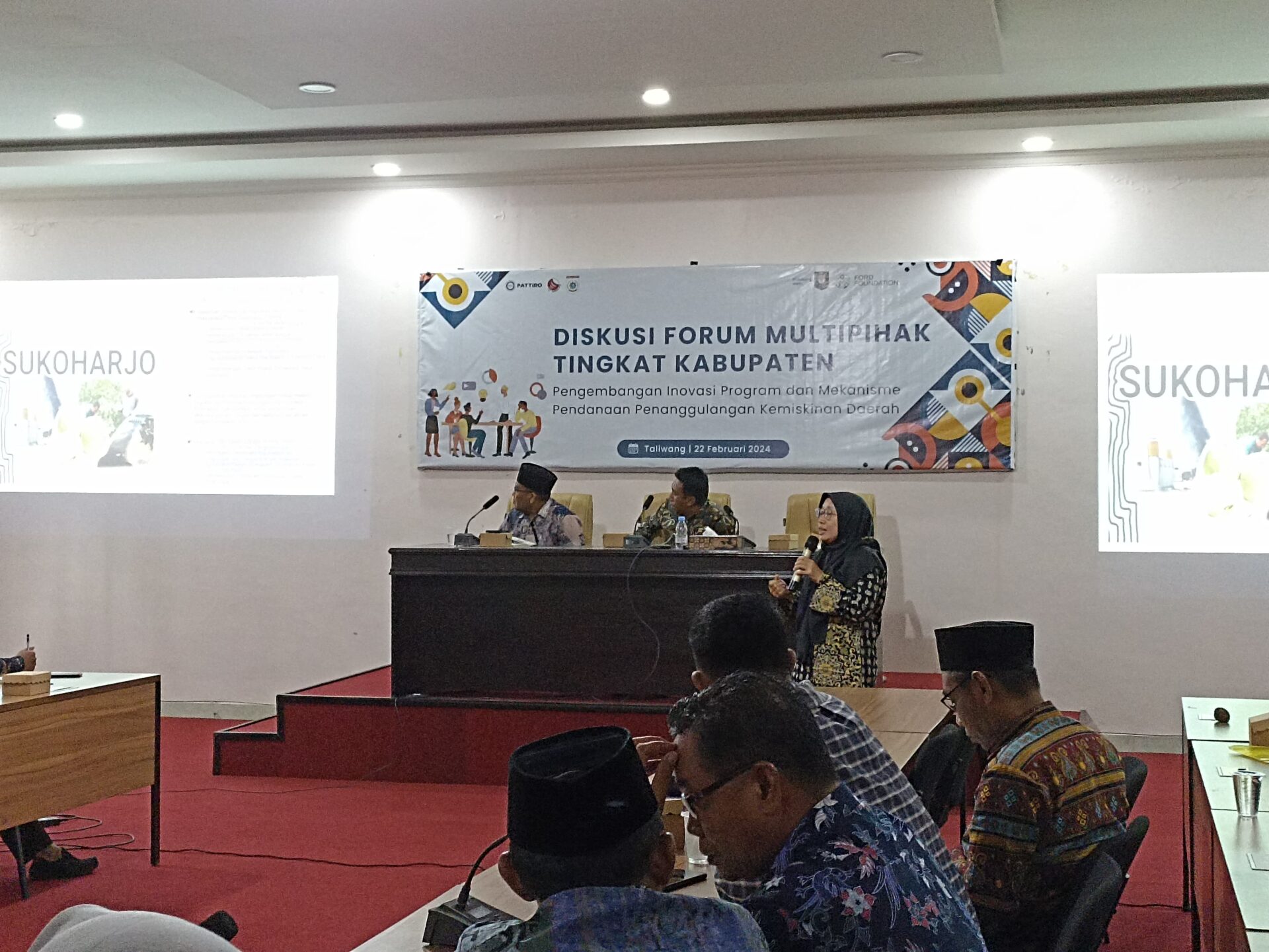World Health Day, which is celebrated around the world every April 7, raises an important question related to governance, namely, has the Indonesian state, which is characterized as a welfare state, fulfilling the right to health for its citizens? The government has indeed rolled out many health programs, both in the form of cheap and free medical treatment or other health programs for the community. Even in early 2014, with a budget allocation of Rp 24.8 trillion, the government rolled out a universal health coverage program, namely the National Health Insurance (JKN). But unfortunately, it is doubtful that health programs that consume huge budgets, such as JKN, will be able to fulfill the people’s right to health.
The 2012 Indonesian Health Demographic Survey (IDHS) revealed that the Maternal Mortality Rate (MMR) in Indonesia increased sharply from 228 in 2007 to 359 per 100,000 live births in 2012. For three money, the Infant Mortality Rate (IMR) in Indonesia is also still sufficient. high, reaching 32 per 1,000 live births in 2012. Only decreased by 6% from 2007 which reached 34 per 1,000 live births. It can be seen from the movement of MMR and IMR from 2007 to 2012, the Indonesian government has not fulfilled the citizens’ right to health.
According to the Regional Research and Information Center (PATTIRO), the high MMR and IMR in Indonesia are due, among other things, to the uneven distribution of health workers and inadequate health facilities provided by the Government. This problem is exacerbated by poor infrastructure and transportation facilities in the regions, making it difficult and late for people to get adequate health services.
From the implementation of the CRC (citizen report card) survey conducted by PATTIRO in North Central East District, East Nusa Tenggara province in October 2013, not all Community Health Centers (Puskesmas) in the district have doctors. Only 41.7% of respondents stated that their Puskesmas had met the doctor’s needs. The rest, the statement that the existence of a doctor at the Puskesmas did not meet the needs of the community, namely 40.8%, and around 17.5% of respondents stated that there were no doctors. Likewise with the adequacy and quality of health workers at the Puskesmas. As many as 58.3% of respondents stated that the number of health workers at the Puskesmas was insufficient, and as many as 58% of respondents stated that the quality of health workers at the Puskesmas was inadequate.
In terms of infrastructure, according to survey results, the facilities that are most difficult for the public to access are transportation facilities (1.3%) and health facility buildings (9.2%). If there are problems, then the facilities that are slow to be followed up are transportation services (0.5%) and health services (12.8%). For this reason, PATTIRO sees that there are 2 (two) important aspects that need attention from the government, namely how to improve health services and how to facilitate public access to health services.
In addition, PATTIRO also sees that in rolling out health programs for the community, the government tends to choose programs that are populist rather than seeing the benefits of the health programs being rolled out. In fact, strategic health problems in Indonesia, namely the high MMR and IMR, cannot be solved by rolling out a populist and universal (comprehensive) health program. Universal health programs such as JKN or free medical treatment are indeed good and useful for the community, but because they are too broad and not focused, strategic health issues such as high MMR and IMR must share priority with other health issues.
PATTIRO is of the opinion that, to reduce the high MMR and IMR, the government can optimize the role of midwives to distribute health workers and deal with the shortage of doctors, especially in the regions, to treat pregnant women until delivery. Optimizing the role of midwives can be increased by providing training to improve midwives’ skills in handling pregnant women until delivery. In addition, to provide a stimulus for midwives to actively serve and improve the quality of services for pregnant women, especially those from underprivileged families, midwives can be given incentives based on the number of pregnant women handled by the midwife.
PATTIRO also asked the government to continue to improve the quality of health facilities, especially in the regions. The government can improve the quality of health facilities by cutting unnecessary budgets, such as official travel, to be allocated to health facilities. The government can do the same thing to improve infrastructure and transportation facilities. All of this must be done by the government because it promotes general welfare and the principles of social justice for all Indonesian people which were mandated at the opening of the 1945 Constitution shows that Indonesia is a country that adheres to the ideology of a welfare state. The consequence of a welfare state is the fulfillment of basic rights for all citizens without exception, including the fulfillment of economic, social and cultural rights, in which the right to health is included. (***)
Jakarta, 4 April 2014
Sad Dian Utomo | PATTIRO Executive Director
saddian@pattiro.org | 0812 800 3045
Contact Person:
Ahmad Rofik | Monev Specialist
rofik@pattiro.org | 0813 9315 3564






